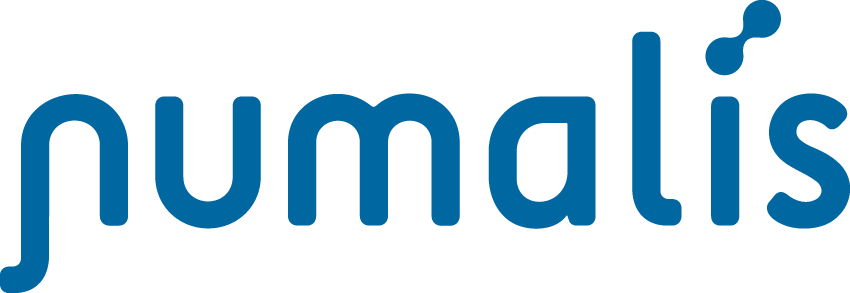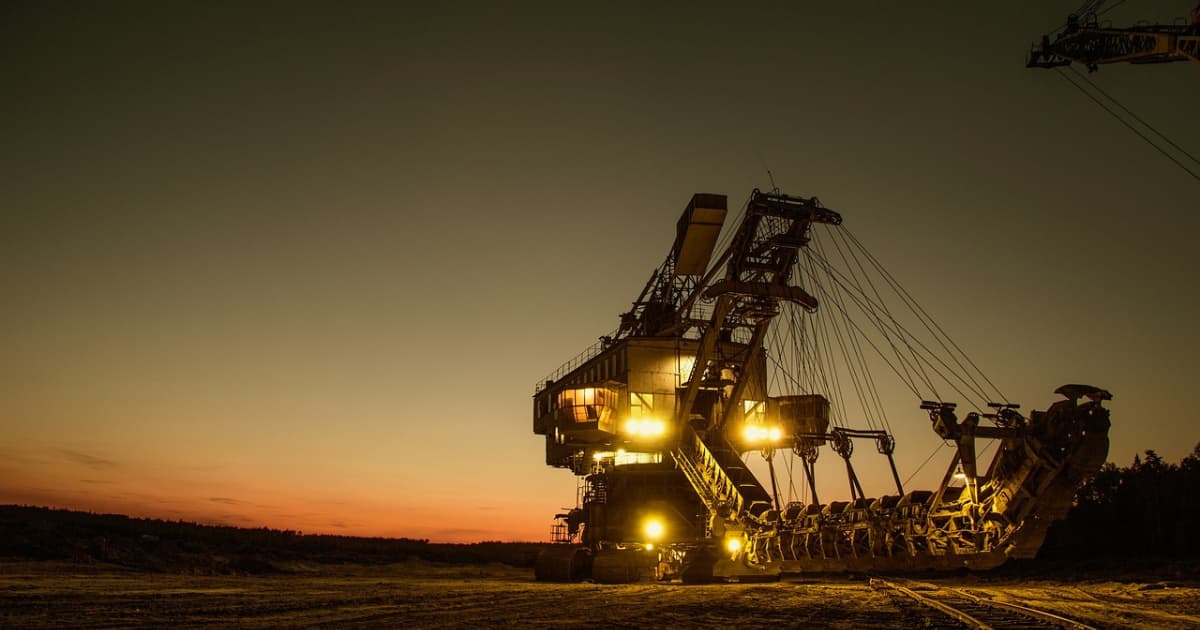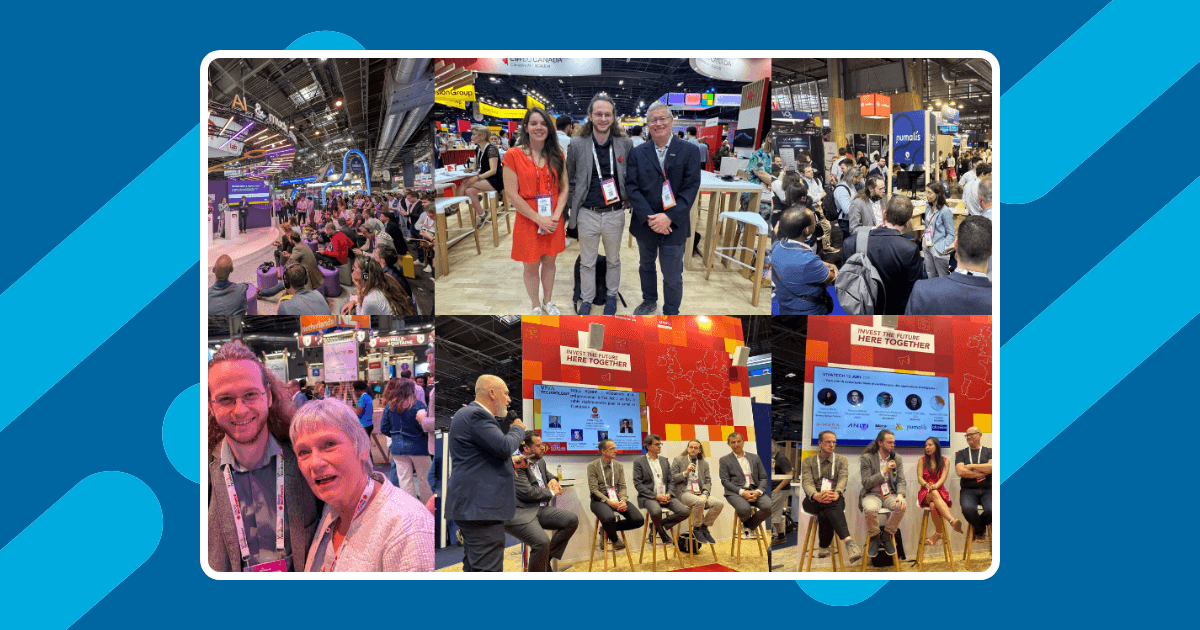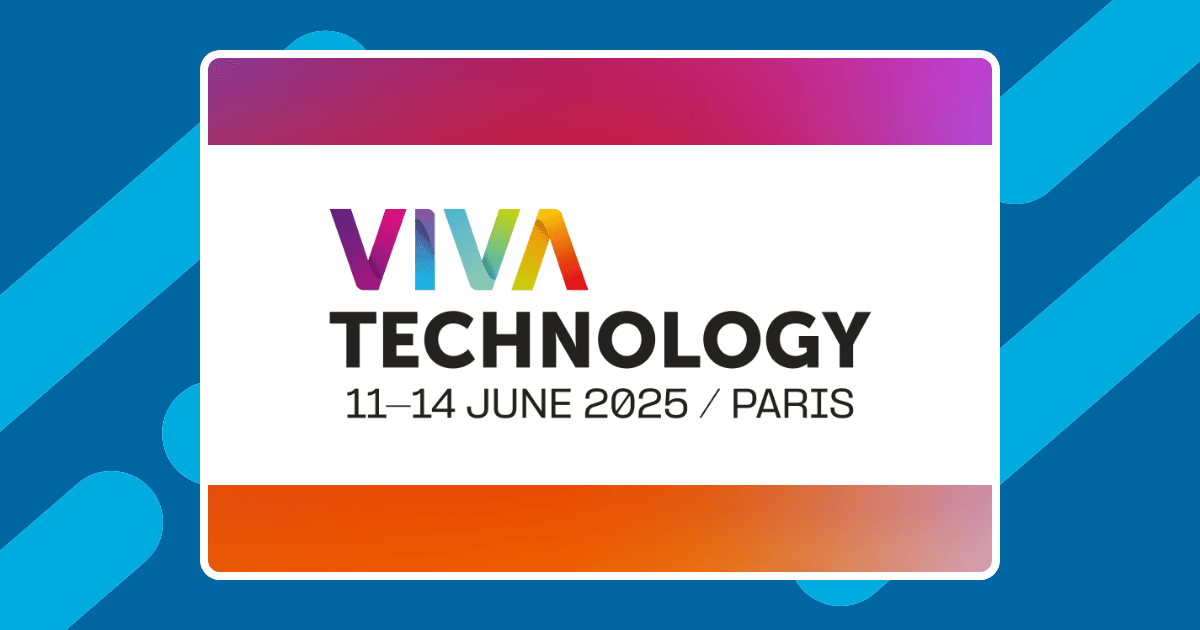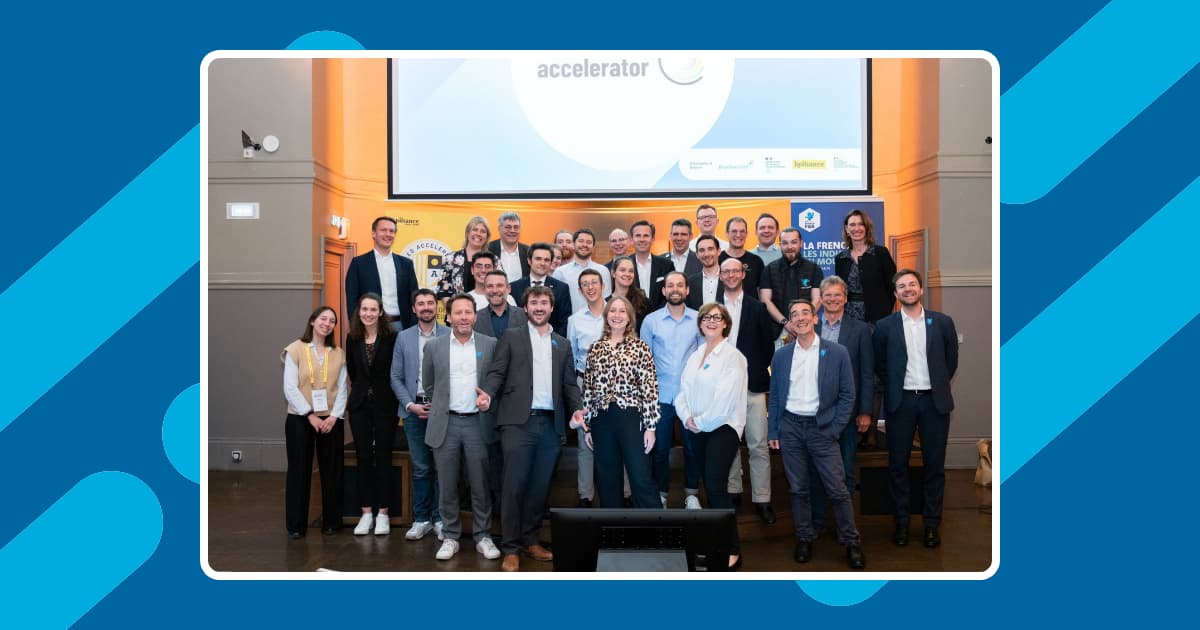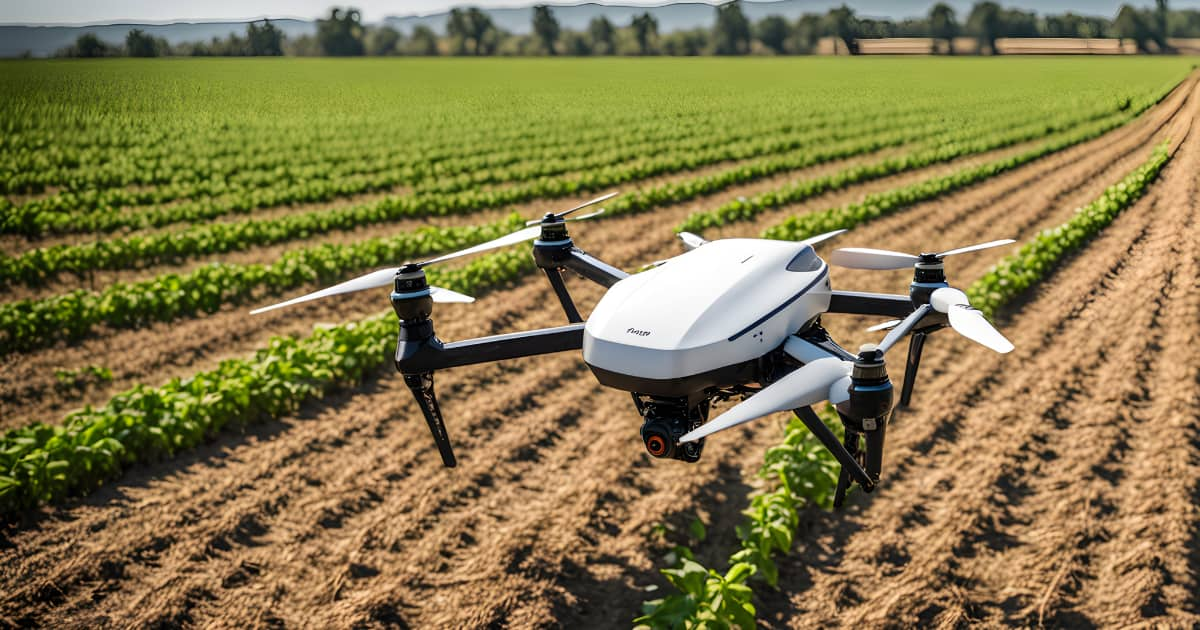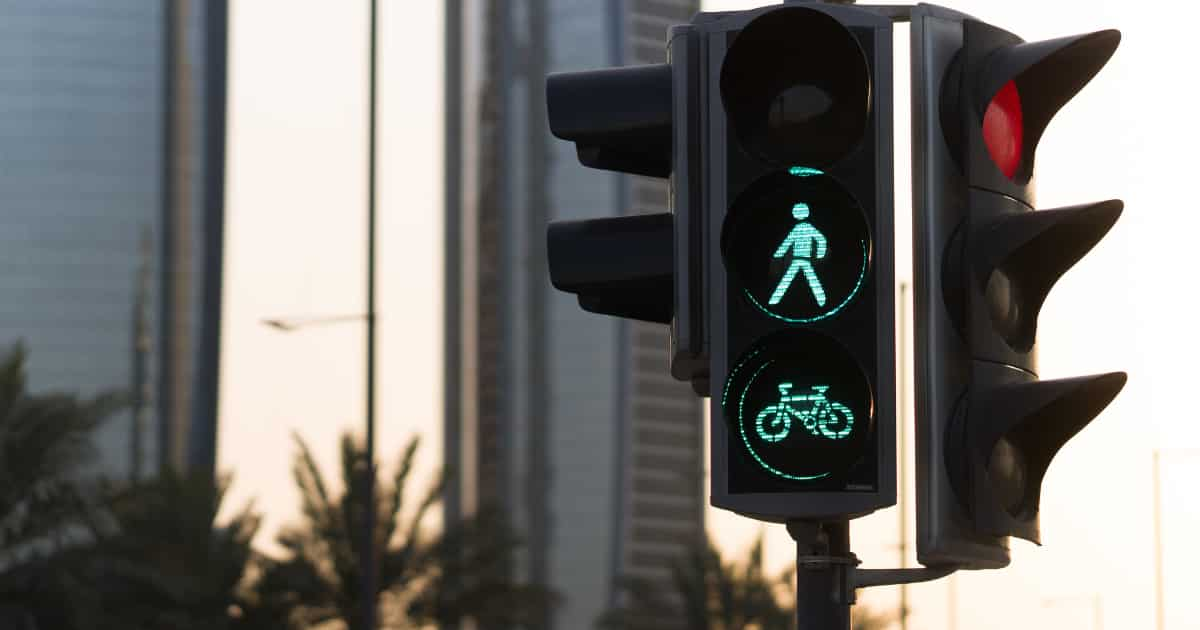Statistics indicate that the construction industry is a leading contributor to workplace fatalities1.
With construction sites characterized by constant movement, heavy machinery, and operations at elevated heights, accidents are commonplace. Beyond injuries and fatalities, these incidents impact business, resulting in budget overruns, legal issues, and project delays.
Advancements in technology continue to shape construction site safety. Artificial intelligence(AI) is a key component in these advancements, allowing new and promising innovations ranging from applications in construction project management to safety.
All these possibilities come about by combining AI with other technologies like the Internet of Things(IoT), 5G, cloud, and big data. For instance, applications like real-time alerts to field workers are possible by combining AI with wearable safety technology.
In this article, we explore the top ways of enhancing construction safety with AI.
The Applications of AI in Construction Safety
Having worked with heavy construction machinery, Jacquelyn Oduru confirms that there are multiple safety risks in the construction sector. Jacquelyn, who now works as an occupational health and safety expert, believes that AI can alleviate some of those risks and expects the technology to contribute more to safety in the future2.
AI techniques such as machine learning(ML), deep learning, and computer vision continue to find their way into applications meant to augment worker safety. The ability to analyze large amounts of data, recognize patterns, and forecast future events makes AI a great tool for enhancing safety protocols.
Here are the leading ways AI is paving the way for safer construction sites.
AI for workers’ safety
Falls, electrocution, collisions, and caught-in/caught-in-between are the leading causes of construction injuries3. AI offers multiple ways to help workers avoid such incidents, especially by identifying construction safety hazards.
Detecting unsafe worker behavior
It may be difficult for workers to accurately predict safety incidences on a job site. Additionally, workers may lack situational awareness, resulting in incidents like tripping on electrical wires or wandering into dangerous zones.
AI-powered video analytics can identify safety breaches. Such solutions use object-recognition techniques to analyze video feeds and detect unsafe behavior. Integrating such a tool into wearable solutions can help deliver alerts directly to a worker.
Some of the unsafe incidents such tools can help reduce include
- Determining when the proximity of people and heavy machinery is hazardous
- Limiting intrusion into restricted zones
- Personal protective equipment(PPE) noncompliance detection
- Alerting workers on the absence of barricades in dangerous places
Apart from spotting safety hazards, analytics from safety observations provide actionable insights for managers. These can be used to implement deterrent measures to boost safety compliance.
Monitoring PPE compliance
Failure and incorrect use of PPEs significantly increase the risk of injury. Construction workers who fail to use PPEs are three times more susceptible to injuries than those who use them. Studies show that 70%-80% of fall incidents occur due to a lack of PPEs4.
The use of AI can augment safety management practices. This works by combining digital imaging techniques and computer vision enabled object detection, motion tracking, pattern recognition, and facial recognition. For instance, computer vision and convolution neural networks (CNNs) algorithms can build models that detect and recognize PPEs5.
The resulting model can power an autonomous solution that checks the compliance of PPEs. It analyzes video feeds, detecting missing or incomplete PPEs and whether they are used appropriately.
Autonomous machinery
Recently, innovations in construction technology have seen the likes of Professor Yang of Smart Structures Lab develop intelligent robots for construction6.
These robots have features that enhance construction site safety. For instance, the robot will stop working instantly if a worker gets too close to it. They can also work in sites that pose dangers to humans.
Other autonomous machinery like bulldozers and excavators use AI, which processes data from sensors around the vehicle7. AI algorithms and computer vision help these equipment determine optimal paths. Deep learning and image processing techniques also give these machines situational awareness8. These features keep human operators away from dangerous environments that are accident-prone.
Computer vision-powered site monitoring
It’s possible to build advanced visual systems leveraging imaging techniques and AI. Visual data can be used to monitor activities, identify hazards, and alert workers on site.
Object detection and tracking
Video surveillance systems with advanced AI and ML capabilities can continuously monitor the job site. The AI-enabled system can analyze live video feeds in real-time to detect anomalies.
Deep learning object detection algorithms can be trained to classify objects such as machines, construction materials, and workers9. Such models can analyze motion from the video feed, recognize the activity, and classify it.
Additionally, AI-based visual models can help track the usage of safety harnesses for workers who work on heights. This requires constant monitoring to ensure regulatory compliance10.
Companies like EarthCam are providing AI-powered vision-based solutions for monitoring construction sites. It can monitor workers and equipments and provides real-time status11.
Automated real-time safety alerts
AI can detect the proximity of personnel in relation to equipment that may pose a danger to them. Additionally, AI-based cameras can detect when workers wander into danger zones, such as areas under loaded hoisting cranes. When the threshold for triggering an alert is reached, the personnel is promptly notified.
Identifying safety hazards and violations
Due to security and safety concerns, construction sites are not open to everyone. Bespoke CCTV cameras on construction sites are as effective as personnel manning them. Such solutions can easily miss hazardous situations, which could lead to disaster.
Facial recognition technology can track personnel at the construction site entry and exit points. Cameras equipped with AI can monitor access to critical work zones, triggering alerts when accessed by unauthorized persons.
AI-based incident prevention and analysis
Current methods of assessing day-to-day safety in construction sites may be subjective or suffer complete oversight. AI-powered predictive analytics uses historical data while constantly monitoring activities on a job site to forecast potential safety issues. The net benefits of such solutions include safer working environments and reducing the possibility of costly delays.
Predictive analytics
A safety management in construction industry report indicates that 28% of contractors believe that predictive analytics positively impacts construction safety12.
Stroud, the CEO of a Boston-based construction company, reveals that his company employs predictive analysis to manage safety risks. The solution utilizes the company’s rich dataset to build models that can provide risk ratings for job sites13.
Safety intelligence AI solutions utilize workers’ demographics, business factors, and workplace characteristics to predict possible safety incidents.
A forecasting model can then be built using historical to predict risky scenarios. Predictive modeling techniques like decision trees(DT) and random forests can analyze the data to output possible events14. For instance, the solution can identify a period on a job site with limited manpower, long work shifts, and poor weather to flag the possibility of safety or security incidents.
Predictive maintenance solutions allow for the early detection of faults in equipment. It helps construction and safety managers anticipate breakdowns and proactively deploy maintenance solutions. This can eliminate and reduce accidents caused by machine and equipment malfunction.
AI-enhanced safety training
Traditional safety training methods often rely on classroom tactics, workshops, or exercises, especially for newer personnel. AI, virtual reality(VR), and augmented reality( AR) can elevate safety training, considering that human error is a significant factor in construction injuries.
AI’s ability to uncover insight from past data helps identify skill and safety knowledge gaps. For instance, an AI-powered solution can identify and alert safety managers on inconsistent use of PPEs or incorrect usage of safety harnesses.
After identifying these gaps, targeted training can be done for individuals who fail to meet safety protocols. Additionally, managers can simulate construction sites using VR and AR so workers can participate in interactive training sessions. The solution helps workers acquire practical skills and enhance safety15.
Challenges using AI for construction safety
The use of AI for construction safety is still in its nascent stages. However, there’s a rapid realization of the impact the technology could have on construction safety.
Data quality: This directly impacts the reliability and accuracy of AI models. A lack of safety data can impede the building of an AI solution. Additionally, low-quality data can lead to biases. This can be corrected by providing a diverse and representative dataset.
Data privacy and security concerns: AI harnesses the power of data. It’s imperative to uphold data privacy since AI solutions use vast amounts of sensitive project data.
Safety data could contain personnel information. Unauthorized access could lead to identity theft. The data and AI models must be well-secured to prevent data breaches.
Integration with existing systems: 60% of general contractors use construction management software to manage site safety16. Integrating AI into such software can be complex and time-consuming.
Conclusion
Construction workers face considerable risks daily. However, there has been an evolution in the construction industry, with new innovations promising safer workplaces. AI is set to play a pivotal role in boosting the safety of personnel, equipment, and the construction site.
AI provides a wide suite of possible applications that can boost construction safety. Real-time monitoring of construction sites has become easier with computer vision and advanced video analytics capabilities. AI can detect unsafe behavior in real time, giving an opportunity for quick response. Predictive analytics offers a way to forecast safety incidents before they occur, allowing managers to take proactive steps to stop accidents.
- 41 Construction Safety Statistics for 2024 | BigRentz ↩︎
- Can Artificial Intelligence make construction safety smarter? ↩︎
- The Fatal Four: What They Are and How to Avoid Them ↩︎
- PPE non-compliance among construction workers: An assessment of contributing factors utilizing fuzzy theory – ScienceDirect ↩︎
- AI-Powered PPE Detection: Enhance Workplace Safety ↩︎
- AI-powered robots a gamechanger for faster, safer construction – News | UBC Applied Science ↩︎
- AI-Powered Construction Vehicles are Making Sites Safer and More Efficient ↩︎
- Tech startup launches AI system for heavy equipment – Construction Briefing ↩︎
- SODA: Site Object Detection dataset for Deep Learning in Construction ↩︎
- Enhance Construction Site Safety with AI Camera Surveillance ↩︎
- Artificial Intelligence For Visual Collaboration ↩︎
- Data Analytics in Construction Safety ↩︎
- Construction firms proactively address worker safety with predictive analytics in their tool belt ↩︎
- Predictive Modeling Techniques- A Comprehensive Guide [2024] ↩︎
- Advantages of Applying Artificial Intelligence in Construction Site Safety – BibLus ↩︎
- Construction Project Management Statistics 2024 – Everything You Need to Know ↩︎
